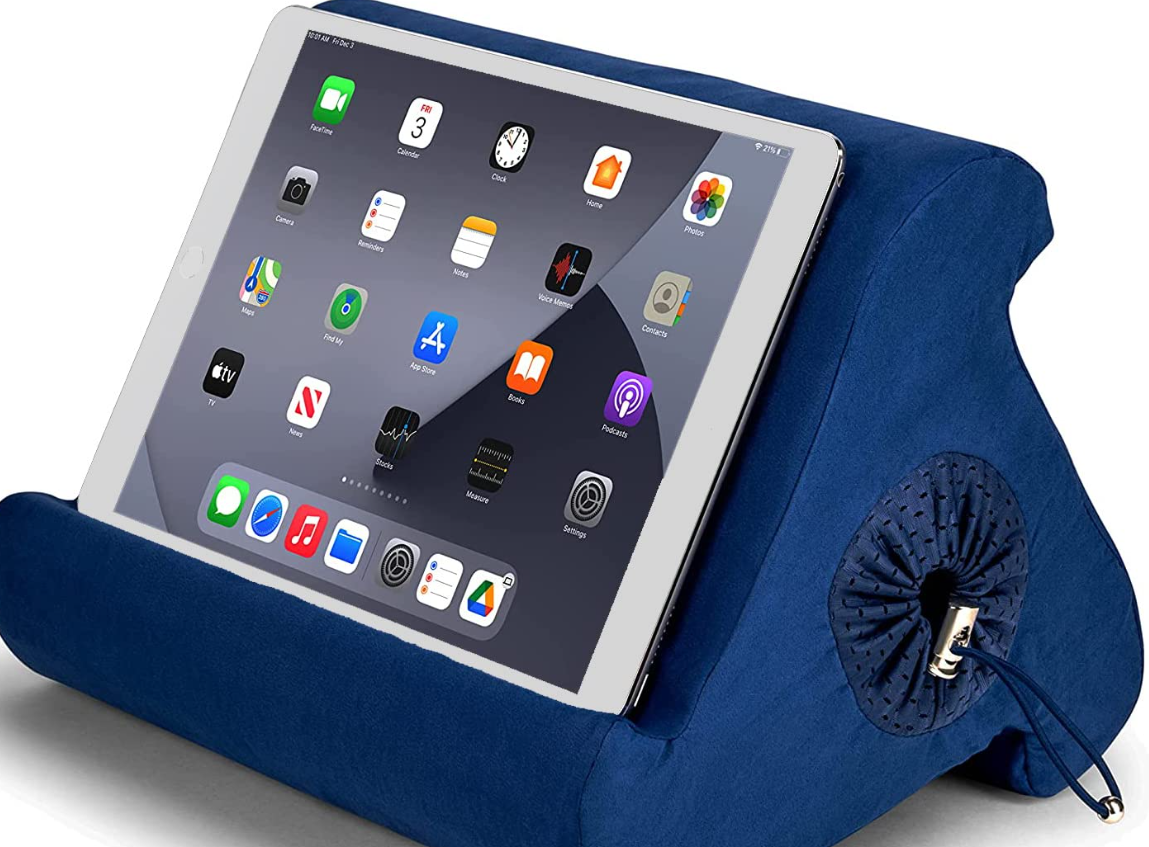Mobile apps can be a useful tool for people with diabetes to manage their condition and stay on top of their health. There are many different types of diabetes management apps available, and each one has its own unique features and advantages.
One common type of diabetes management app is a glucose tracking app. These apps allow users to log their blood sugar levels, insulin doses, and other important information related to their diabetes management. Some apps also allow users to track their food intake, physical activity, and other lifestyle factors that can affect their blood sugar levels.
Another type of diabetes management app is a carb counting app. These apps help users to keep track of the number of carbohydrates they are consuming, which can be important for people with diabetes because carbohydrates can affect blood sugar levels. These apps usually come with a database of foods and their carbohydrate content, and users can enter what they eat and the app calculates the total amount of carbohydrates consumed.
Another type of diabetes management app is a medication reminder app. These apps help users to keep track of when they need to take their medications, such as insulin or oral diabetes medications, as well as dosage and schedule.
Yet another type of diabetes management app is a symptom tracking app, which allow people to log information about how they are feeling, such as symptoms of hypoglycemia or hyperglycemia, and track patterns over time, helping users and their healthcare provider identify triggers for those symptoms and taking appropriate actions.
While mobile apps can be a useful tool for diabetes management, it’s important to remember that they should not be used as a substitute for professional medical advice. People with diabetes should always consult with their healthcare provider before making any changes to their diabetes management plan.
It’s also important to make sure the app is validated, and have the right privacy policy in place, as well as being FDA approved if the app claims to have any medical functionality. People with diabetes should always confirm the accuracy and reliability of the app, before making any decisions based on the information provided by the app.
Popular Apps
- MySugr: MySugr is a diabetes management app that allows users to log their blood sugar levels, medications, and carbs. It also includes a food diary and a bolus calculator to help with insulin dosing.
https://play.google.com/store/apps/details?id=com.mysugr.android.companion&hl=en&gl=US
- Glucose Buddy: Glucose Buddy is a comprehensive diabetes management app that allows users to track their blood sugar levels, medications, and carbs. It also includes a food diary and a bolus calculator, and also allows users to share their data with their healthcare provider
https://play.google.com/store/apps/details?id=com.skyhealth.glucosebuddyfree&hl=en&gl=US
- Diabetes Pal: Diabetes Pal is a diabetes management app that allows users to log their blood sugar levels, medications, and carbs. It also includes a food diary and a bolus calculator, and also has a feature that allows users to track their weight and exercise.
https://play.google.com/store/apps/details?id=com.telcare.android.client&hl=en&gl=US
- Diabetes:M: Diabetes:M is a diabetes management app that allows users to log their blood sugar levels, medications, and carbs. It also includes a food diary and a bolus calculator, and also has a feature that allows users to track their weight and exercise.
https://play.google.com/store/apps/details?id=com.mydiabetes&hl=en_US&gl=US
- Diabetes Pilot: Diabetes Pilot is a diabetes management app that allows users to log their blood sugar levels, medications, and carbs. It also includes a food diary and a bolus calculator, and also has a feature that allows users to track their weight and exercise, and also has a feature to track and monitor your HbA1c
https://apps.apple.com/us/app/diabetes-pilot-pro/id816527147
Glucose Tracking Apps
Glucose tracking apps are mobile applications that allow people with diabetes to log and track their blood sugar levels, also known as blood glucose levels. These apps can be used to record and monitor glucose levels throughout the day, including before and after meals and at specific times of the day.
Typically, glucose tracking apps allow users to enter their blood sugar readings manually, usually by inputting the measurement taken from a personal glucose meter. The apps then store this information, creating a log of the user’s glucose levels over time. This log can be used to track trends and patterns in the user’s glucose levels, which can be helpful for identifying potential problems and making adjustments to the diabetes management plan.
Some glucose tracking apps also allow users to input other information related to their diabetes management, such as insulin doses, medications, food intake, and physical activity. This can help users to better understand how different factors affect their glucose levels.
Many glucose tracking apps also offer graphs, charts and statistics which help users to understand their glucose levels over time, they also come with different features such as reminders, alarms or notifications to remind users to take their insulin injections or check their glucose levels.
It’s important to note that while glucose tracking apps can be a helpful tool for managing diabetes, they should never be used as a substitute for professional medical advice. People with diabetes should always consult with their healthcare provider before making any changes to their diabetes management plan, and the data from the glucose tracking app should be discussed with them, to get a better insight on their glucose trends and patterns, which may help with adjustments and treatment.
Carb Counting Apps
Carb counting apps are mobile applications that help people with diabetes to track the number of carbohydrates they are consuming. Carbohydrates are a key nutrient that affect blood sugar levels, so it is important for people with diabetes to pay attention to the amount and type of carbohydrates they consume. These apps help users to track their carbohydrate intake and make informed decisions about their food choices.
Typically, carb counting apps come with a database of foods and their carbohydrate content. Users can input the foods they eat and the app will calculate the total amount of carbohydrates consumed. Many apps also allow users to input their own custom foods, if the food is not found in the database. The app will then generate a detailed breakdown of the carbohydrate content of the user’s meals, which can be helpful for identifying which foods have the highest carbohydrate content.
These apps can also have features like a barcode scanner, that allows users to scan the barcode of a food product, and the app retrieves the nutritional information of the product, including the carbohydrate content.
Many carb counting apps also allow users to set goals for carbohydrate intake, and track their progress towards those goals over time. Some apps also come with pre-set goals, or are designed to align with specific diets, like the diabetic diet or a low-carb diet.
It’s important to note that while carb counting apps can be a helpful tool for managing diabetes, they should never be used as a substitute for professional medical advice. People with diabetes should always consult with their healthcare provider before making any changes to their diabetes management plan, and the data from the carb counting app should be discussed with them, to get a better insight on the carbohydrate consumption trends and patterns, which may help with adjustments and treatment.
Medication reminder apps
Medication reminder apps are mobile applications that help people with diabetes to keep track of their medication schedule and remind them to take their medications on time. These apps are particularly useful for people with diabetes who need to take multiple medications or need to take them at specific times of the day.
Typically, medication reminder apps allow users to input the medications they are taking, including the name of the medication, the dosage, and the schedule. The app will then generate reminders for the user to take the medication, based on the schedule inputted. Many apps will also allow users to set up alarms or notifications, that will remind users to take their medications even when the app is closed.
Some apps also have tracking and reporting features, which allows users to track their adherence to their medication schedule and provides a history of all medications taken over time. This can be helpful for people with diabetes and their healthcare providers, as it allows them to monitor the medication schedule, and can help identify any problems or discrepancies, also allowing them to make adjustments as necessary.
Many medication reminder apps also provide information about the medication, such as side effects, precautions, interactions and more.
Medication reminder apps can be a valuable tool for people with diabetes, particularly those who need to take multiple medications or who have difficulty remembering when to take them. However, it’s important to remember that these apps should never be used as a substitute for professional medical advice. People with diabetes should always consult with their healthcare provider before making any changes to their diabetes management plan and to check the accuracy of any information provided by the app.
Symptom tracking apps
Symptom tracking apps are mobile applications that allow people with diabetes to log and track their symptoms, such as hypoglycemia or hyperglycemia, and other conditions related to diabetes. These apps can be used to track symptoms throughout the day, including before and after meals and at specific times of the day.
Typically, symptom tracking apps allow users to enter their symptoms manually and provide a symptom log over time. This log can be used to track trends and patterns in the user’s symptoms, which can be helpful for identifying potential triggers and making adjustments to the diabetes management plan. The apps allow user to track symptoms like, numbness, tingling, blurred vision, sweating, shaking, fatigue, and others.
Some symptom tracking apps also allow users to input other information related to their diabetes management, such as glucose levels, insulin doses, medications, food intake, and physical activity. This can help users to better understand how different factors affect their symptoms and how the symptoms are related to the glucose levels.


Many symptom tracking apps also offer graphs, charts and statistics, which help users to understand their symptoms over time and they also come with different features such as reminders, alarms, or notifications to remind users to take certain actions such as eating or checking their glucose levels.
Symptom tracking apps can be a valuable tool for people with diabetes, particularly those who have difficulty remembering their symptoms and identifying the triggers. However, it’s important to remember that these apps should never be used as a substitute for professional medical advice. People with diabetes should always consult with their healthcare provider before making any changes to their diabetes management plan, and the data from the symptom tracking app should be discussed with them, to get a better insight on the symptom trends and patterns, which may help with adjustments and treatment.





